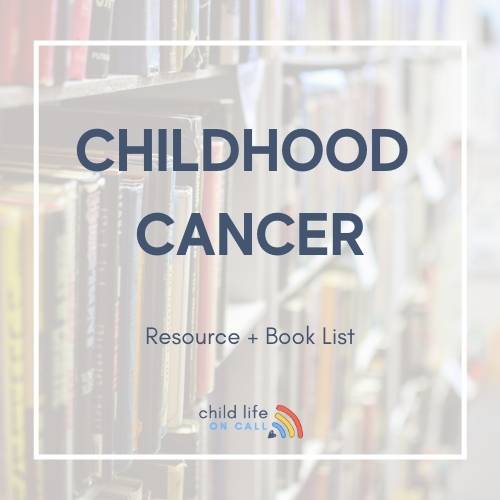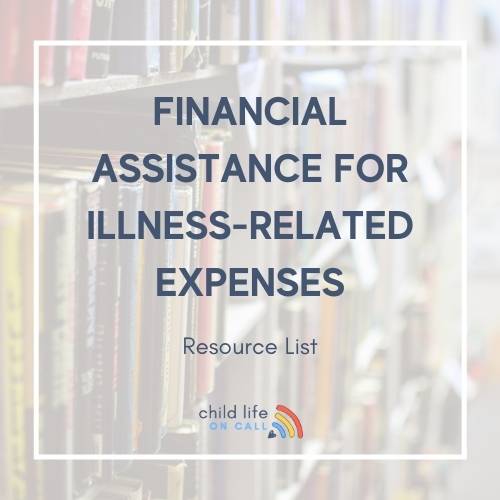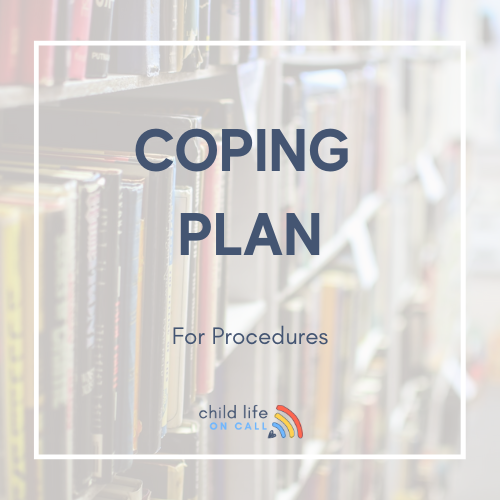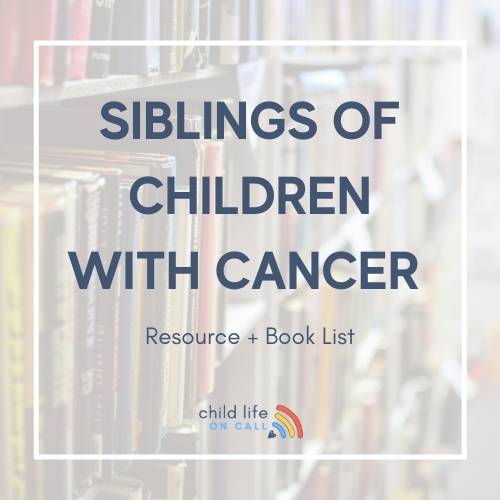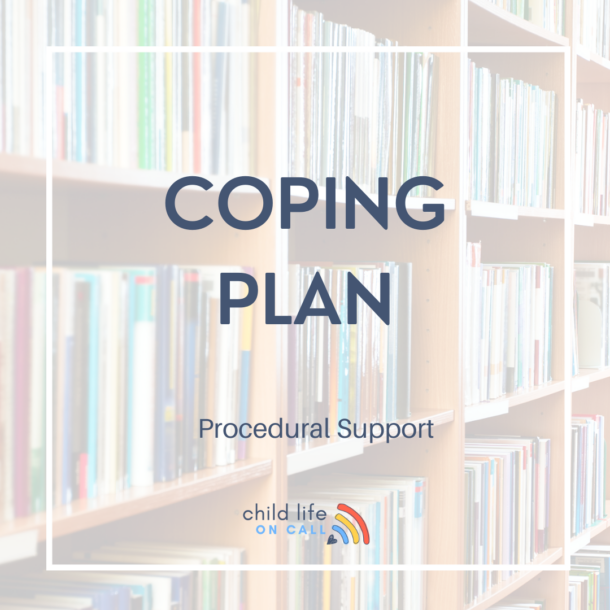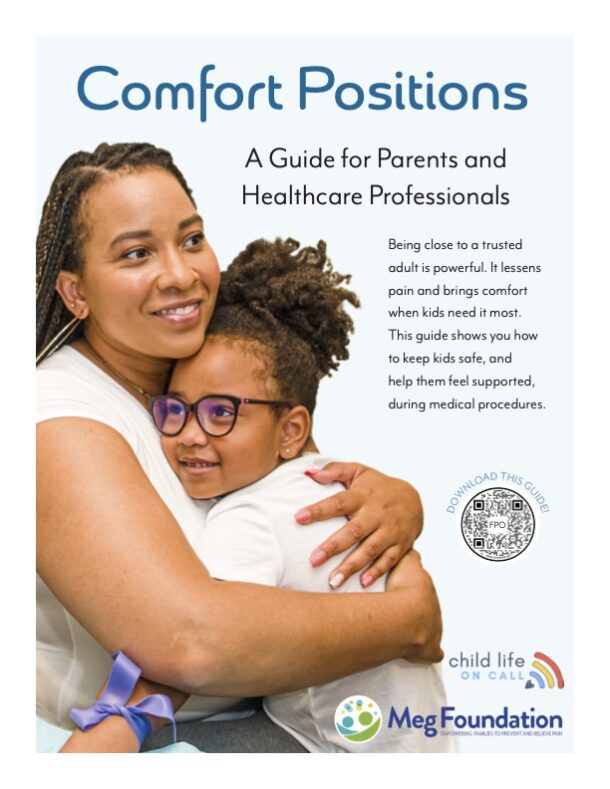By Katie Taylor, CCLS
Quality of care, as defined by the World Health Organization, is the degree to which health services for individuals and populations increase the likelihood of desired health outcomes. Quality of care must be:
- Effective – providing evidence-based healthcare services to those who need them;
- Safe – avoiding harm to people for whom the care is intended; and
- People-centred – providing care that responds to individual preferences, needs and values.
Services mus be:
- Timely – reducing waiting times and sometimes harmful delays;
- Equitable – providing care that does not vary in quality on account of gender, ethnicity, geographic location, and socio-economic status;
- Integrated – providing care that makes available the full range of health services throughout the life course;
- Efficient – maximizing the benefit of available resources and avoiding waste.
It’s important to know that healthcare organizations can provide high quality of care, but its efforts are only beneficial if the care is received by the family’s interpretation of the quality of care.
While the pillars of quality care are implemented by the care team, the families must be aware that quality of care is what they are getting. Hospitals institute all kind of systems like narrating care, scripted introductions to patients and safety measures to provide quality care (many of these thanks to, Better, by Atul Gawande. These systems work and help families feel safe, cared for and less like a patient and more like a human.
Child Life Specialists have the pillars of Quality of care at the core of every intervention they provide and I’ll give you an example of how this is does:
Timely – reducing waiting times and sometimes harmful delays; Child Life Specialists know the nuances of how the health system works. They know the questions to ask to the right person to get the quickest answer. They know that going down this hallway, instead of another, makes the trip to pre-op faster. Child Life reduces unnecessarily delays every day on every unit.
Example: Child Life knows the the patient in PICU room 4 is getting a PICC line and the patient in Med/Surg needs one too, but was told it can’t happen until tomorrow. Child Life is aware of what’s happening and can encourage the units to communicate with the PICC line nurse to see if she can consider getting both done today. This communication is successful, the Med/Surg patient’s PICC line is done a day early and discharged one day earlier thanks to being able to get antibiotics at home now.
Equitable – providing care that does not vary in quality on account of gender, ethnicity, geographic location, and socio-economic status; Healthcare staff see child life specialists hand out toys, books and other items to help the family feel more comfortable and “normal” in the hospital setting.
Example: For a patient’s birthday, the instinct may be to run and buy the patient a cake. But, unless we do that for every patient, it’s not equitable. For this reason, every single patient gets the same number of birthday gifts, type of birthday “banner” and celebration as the person in the room next to them.
Integrated – providing care that makes available the full range of health services throughout the life course; Child Life specialists are beneficial from the youngest 22 week preemie to the oldest adult in the ICU.
Example: The parents of a preemie have no idea how to sit idly by as their baby is on life support, but there is another sibling at home that is struggling as much as anyone – child life can help parents support the sibling at home. The 101 year-old in the ICU is dying of cancer and has lived with his 3 grandchildren their entire life. Child life can help the grandchildren process their grief and understand elements of his passing and hospitalization.
Efficient – maximizing the benefit of available resources and avoiding waste. Child life knows that if request plastic toys that can be cleaned, they can get more use from more patients.
Example: Child life knows that if you laminate a deck of cards, yes – each one, it’s shelf-life is longer and can be cleaned more efficiently. Child life knows that leftover, unused supplies can be used as teaching materials for another patient.
Child life goes beyond these engrained systems. We frequently joke that “other duties as assigned” in our job descriptions could never encompass all that we do to go beyond the task assigned. We implement the systems that hospitals have in place to ensure quality of care combined with family’s unique situation and knowledge of human development to level up quality of care every single time.
The child and family may enter the ER fearful and upset and leave feeling cared for and safe. Many times, however, when child life is involved, families say “We had no idea there was someone like you here. We will definitely come back,” or “My son never wants to leave now!”
Child Life Specialists transform families experiences from good to great with their ability to implement a safe, effective and people-centered service.

